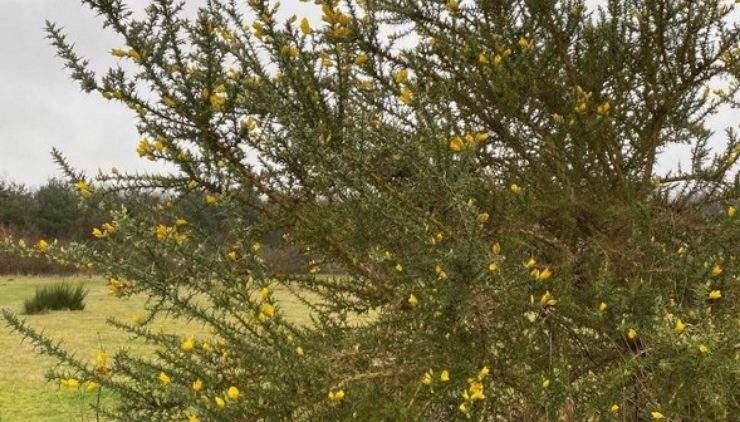October, November & December
- Categories:
- Carl Brooker’s Blog
It is not just the stars that you can learn your way around, there is still a chance to catch the planets Mars and Saturn if you wait until the Sun sets during mid October.
Look to the south-west once the sky has started to darken after sunset and you will be able to see Saturn low on the horizon. It will look like a pale yellow star just to the right of the slightly fainter red star Antares which is the brightest star in the constellation of Scorpius. Almost on the opposite side of Antares is another red coloured star but do not be fooled, this is another planet, Mars. Its red colour is noticeable particularly when compared to the yellow/brown hues of Saturn.
If you glance over to the east once the sky darkens a little more, around 9pm then you will be able to make out the easily recognisable 'V' shape of the Hyades Cluster lying on its side just above the eastern horizon. This beautifully bright cluster of stars marks the head of Taurus the Bull, one of the more prominent winter constellations. Just above to its upper right as you look at it, you should just be able to make out another much smaller cluster that may appear to some to look like a tiny version of the Plough. This is the Pleiades cluster but unlike most of the stars in the Plough which are around 100 light years away, it is about four times more distant.
Turn back to the west and look high in the sky to see the summer constellations start their slow descent into the west. They can be seen along the path of the Milky Way which runs from west to east and can be seen clearly with the naked eye from dark locations. Give your eyes time to adjust to the darkness and carefully scan around the sky to pick up the faint haze which comes from the combined light of the stars in our very own Milky Way Galaxy. Cygnus is one of the easiest constellations to find and can be seen by hunting for a giant cross with its long axis along the line of the Milky Way. Find the star which mars the head of the Swan which appears in the centre of the large 'Summer Triangle' which we looked at in the last blog and if you have a telescope, take a closer look to reveal a beautiful binary star.
By the time we get to November, Saturn has got closer to the Sun and Mars has moved closer to the faint dwarf planet Pluto. It sits within one degree of Pluto on 12th November at around 7pm but a large telescope is needed to detect the Pluto, the much fainter of the two. But something that does not require a telescope to appreciate in all its majesty is the constellation of Orion. Of all the constellations in the sky this has to be the most spectacular and is certainly my favourite. You will need to wait until around midnight in November and around ten or eleven pm in December for it to get high enough to be fully appreciated.
Finding Orion is remarkably easy. In November or December, look due west and find three stars of the same brightness that lie in an almost perfect line. They are the stars that make up Orion's famous three star belt. To the left of the belt is the red star Betelguese which when translated means 'Armpit of the Giant' but find the middle belt star as a pointer to a region where stars are forming. Drop an imaginary line down from the central star to the horizon and you will notice a fuzzy patch. The patch is between two fainter stars and is a gigantic gas and dust cloud slowly collapsing under the force of gravity to create some new stars. Binoculars or a telescope will reveal this object with a greater clarity but keep the magnification low.


